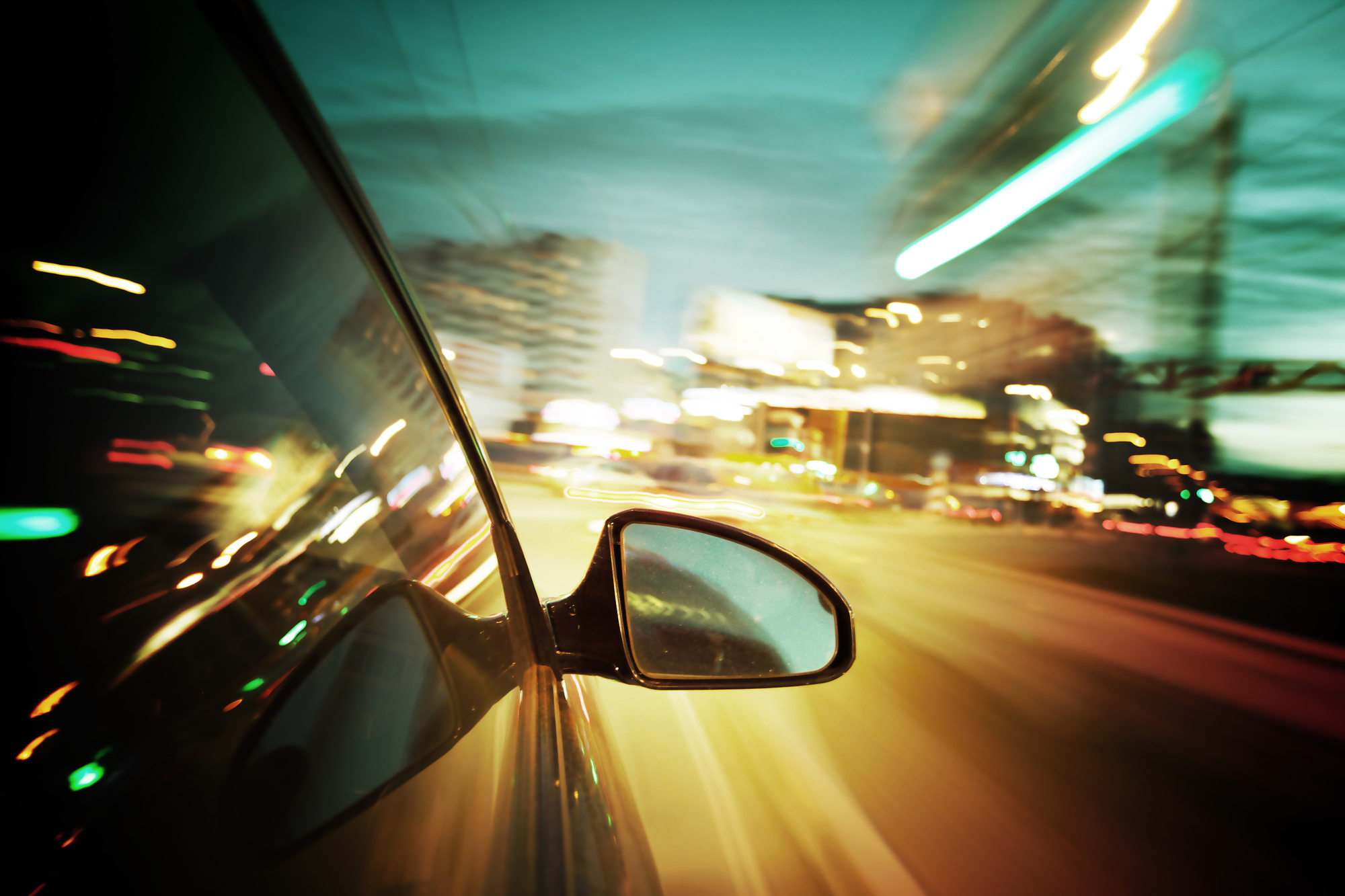"Speed limit 30 at night": less noise
"Tempo 30 at night" brings more than "just" additional safety: A trial on four supra-municipal road sections in the city of Zurich shows that "Tempo 30 at night" leads to a perceptible reduction in noise.

For three months (July to September 2018), "Tempo 30" was in effect between 10 p.m. and 6 a.m. on four supra-municipal pilot routes in the city of Zurich. On all routes, a reduction in noise pollution of about 1 to 3 decibels was observed, which is classified as perceptible, as the City of Zurich, Traffic Department, writes. The maximum levels of pass-by traffic had decreased even more significantly. Consequently, such a measure would be effective in reducing road noise and especially the disturbing noise peaks.
Driving speed significantly reduced
The test led to a significant reduction in average driving speed at the four road sections at night between 9 and 12 km/h, it is further said. The average speed was between 32 km/h and 36 km/h. On longer stretches, the speed was kept very constant. On the driven speed during the day the signalization "Tempo 30 at night" had no influence. This allows the assumption that the signaling was understood, as the city writes.
According to the information, the test had no negative impact on the traffic flow. No disruptions were detected, not even for public transport. Travel times were extended by a few seconds, but this had no effect on the timetable or on any connections.
Great acceptance by residents
According to the city, the speed reduction and its positive effects were also perceived by residents. In a survey, a majority of residents were in favor of a permanent "30 km/h speed limit at night". A slight majority even advocated extending this 30 km/h speed limit to daytime and nighttime. According to the city, around two-thirds of those surveyed said that road noise at night had been slightly or even greatly reduced during the trial phase. Slightly less than half of the respondents had noticed an improvement in the quality of sleep.
Significant differences
However, there are significant differences between the four road segments:
- For the residents on Dübendorfstrasse, the noise of the streetcars, which were not affected by the lower speed limit on their own route, predominated - and aircraft noise also seems to have played a certain role. On Dübendorfstrasse, "Speed limit 30 at night" was therefore only approved by one third of the respondents.
- On Albisstrasse, Breitensteinstrasse/Am Wasser and Hardstrasse, a clear majority were in favor of the measure; on Breitensteinstrasse/Am Wasser, over 80 percent of respondents were in favor.
Traffic and noise measured
In order to obtain meaningful findings, various measurements (vehicle volumes, speeds and noise levels) were carried out by independent experts prior to the trial - and repeated during the trial phase. In addition, the lost times of public transport were recorded.
The findings from the trial are now being discussed at the political level. At the moment, it is not possible to say whether, when and where "Tempo 30 at night" will be definitively introduced, writes the city of Zurich in its media release.
Further information on the subject of "Tempo 30" in the neighborhood here









